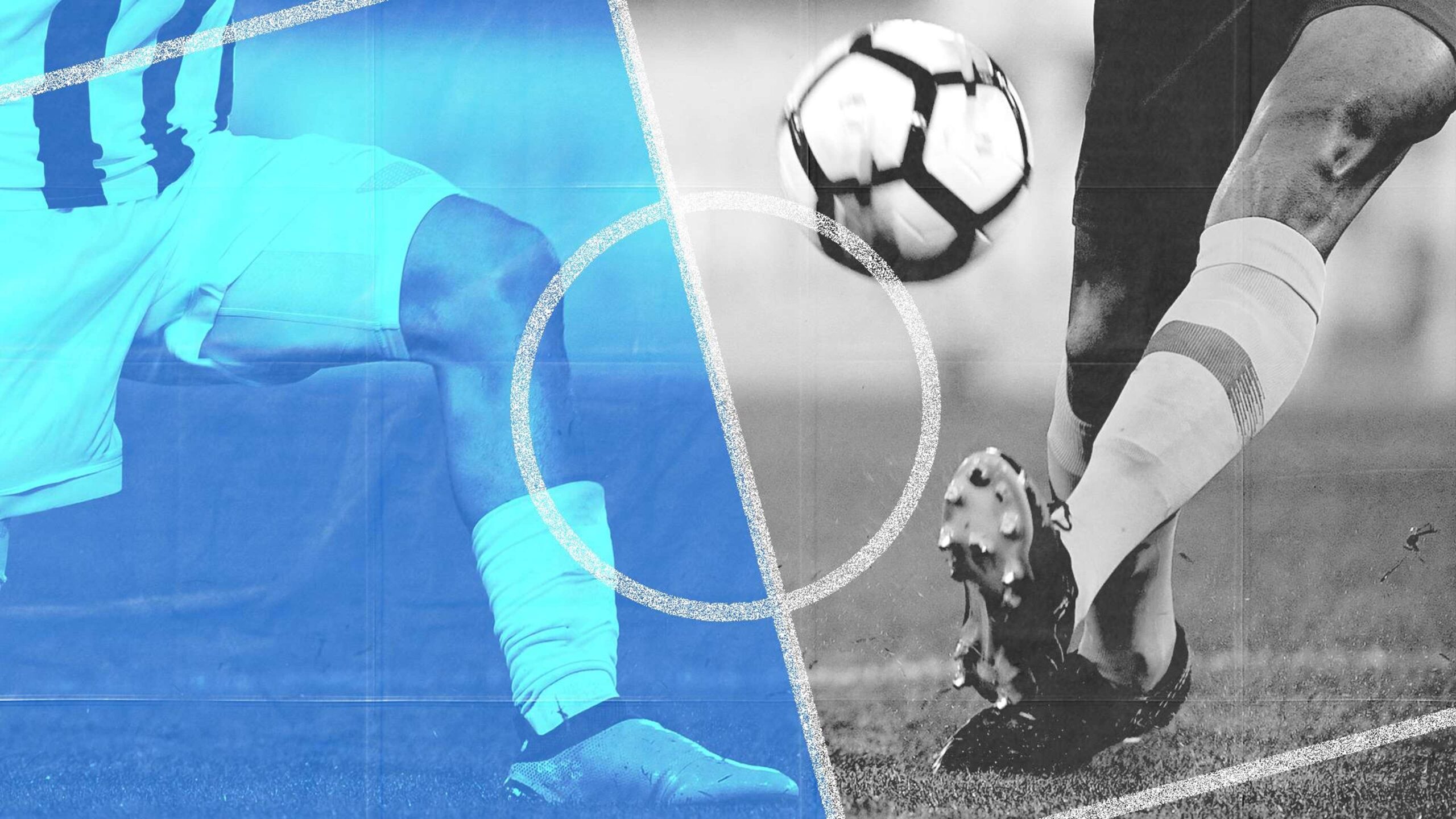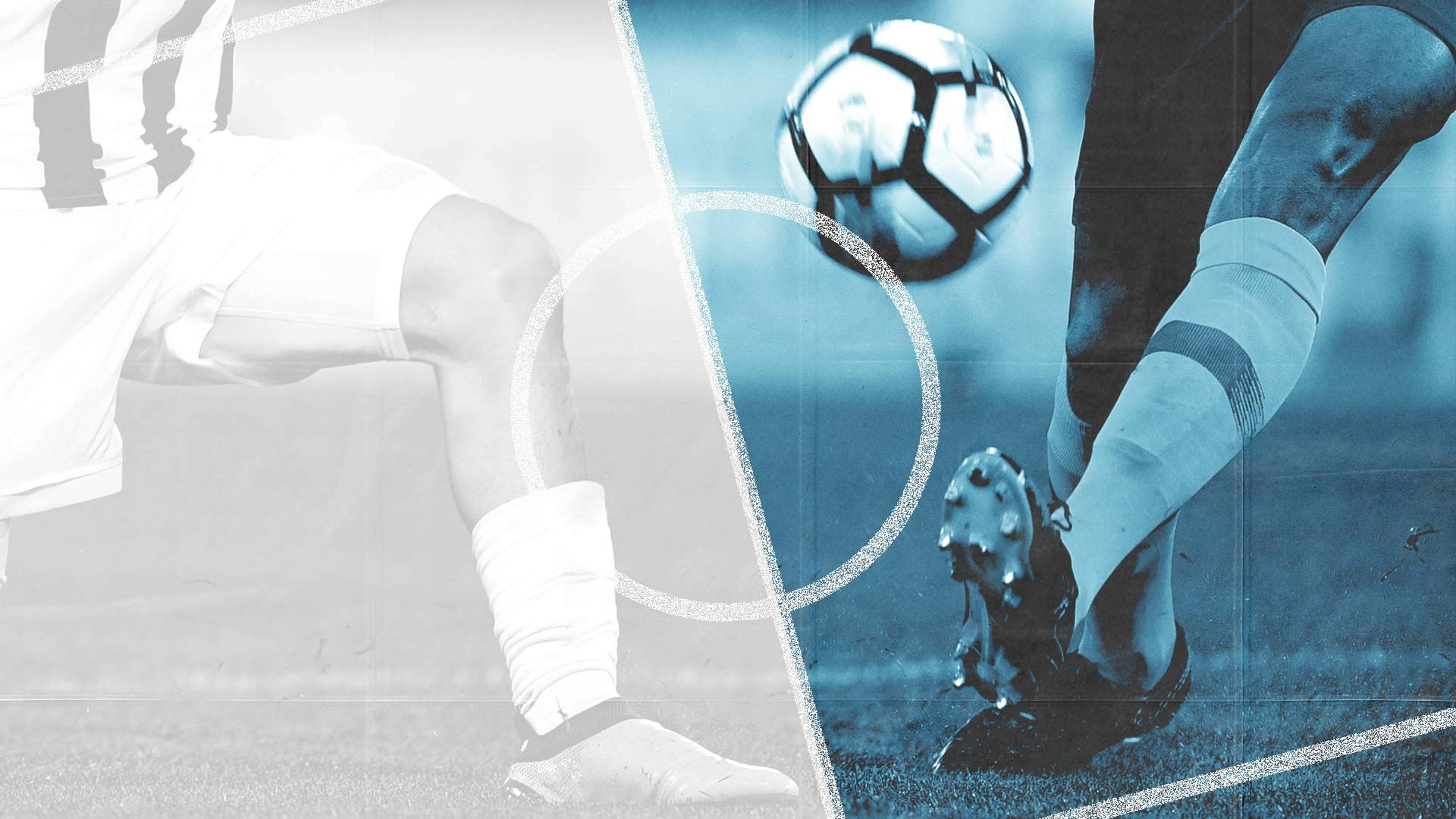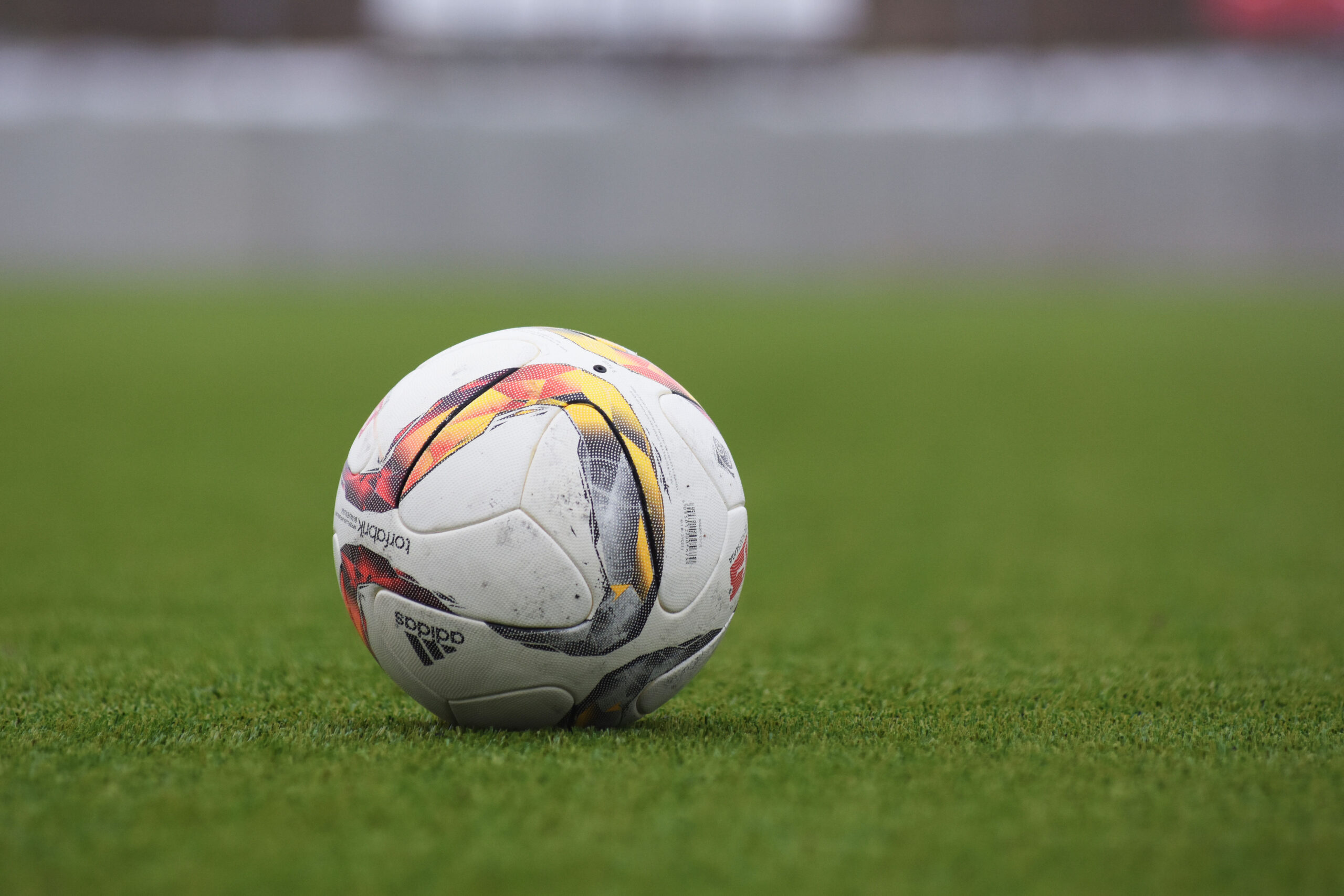How to Kick a Soccer Ball in the Air With Power: Sky-High Tactics!

To kick a soccer ball high and with power, approach the ball at a 45-degree angle and strike it with your laces. Make sure to follow through with your kicking leg directed upwards to achieve height.
Kicking a soccer ball with power and getting it to soar through the air is a skill admired on the pitch. It requires a blend of technique, timing, and physical strength. Mastering this critical aspect of the game enhances a player’s ability to clear the ball, take long shots, and deliver long passes.
By practicing the right approach and leg movement, players can add impressive power and elevation to their kicks, becoming more effective in various game situations. Here, we break down the steps for achieving that perfect airborne strike that can turn the tide of a soccer match.

Credit: www.wikihow.com
Introduction To Soccer Ball Dynamics
Mastering soccer ball dynamics starts with understanding the components of a powerful kick. To launch a soccer ball high and mighty, your technique is key. Focus on your stance, balance, and the point where your foot meets the ball. Energy transfer is crucial. The right motion adds the needed force to propel the ball into the air with impressive power.
Kicking with power requires precise coordination. The approach, the swing, and the follow-through all contribute to ball flight. Remember, the foot’s part hitting the ball matters. For a lofted kick, the ball’s lower half is best. A forceful contact point is vital for the ball to soar high.
Grasping ball flight principles also plays a significant role. Air pressure, spin, and speed influence the ball’s path once airborne. Master these elements, and your kicks will not only gain height but will command control and exhibit sheer dynamism on the field.

Credit: en.wikipedia.org
Strengthening Your Foundation
Kicking a soccer ball high and hard needs strong muscles. The main muscles that do this are the quadriceps, hamstrings, glutes, and calves. These muscles work together to create the explosive power needed to propel the ball.
Focus on strengthening these muscles with targeted exercises for better performance. Squats and lunges are great for your quads and glutes. Calf raises help build strong calves. For your hamstrings, try deadlifts. Every exercise helps make your kicks more powerful. Remember to train regularly and with the right technique.
Perfecting Your Stance
Mastering the art of kicking a soccer ball into the air with power starts with your stance. Your body must be balanced, and ready to move. Keep your feet shoulder-width apart for stability.
For body position, lean slightly forward. This engages your core and lets you use your body’s momentum. Balance is key as you prepare to strike. Every muscle should prepare for action.
Place your non-kicking foot beside the ball. It should be about 6-8 inches away. Point it towards your target. This sets the direction and supports your kick. Your kicking foot should hit the ball at a 45-degree angle. This lifts the ball into the air with power.
The Art Of The Swing
Kicking a soccer ball high and with power needs good leg motion. Stand with your feet shoulder-width apart. Point your non-kicking foot towards your target.
Swing your kicking leg smoothly. Your leg should be like a pendulum. Use your hip muscles to generate power. A straight foot and a locked ankle help in hitting the ball correctly.
- Strike the ball’s bottom half to make it fly.
- Hit it with your laces for the cleanest impact.
- A firm follow-through keeps the ball going strong and high.
Practice these steps often. Soon, you’ll send the ball soaring with great power.
Impactful Contact Points
To kick a soccer ball high and with power, find the ball’s sweet spot. It’s usually slightly above the center. Hitting here helps the ball soar into the air with great force. The right shoe contact point is also essential. Use the top part of your foot, near the base of your toes.
Different angles of contact will change how the ball moves. For a powerful lift, your foot should strike with an upward motion. This makes the ball spin backwards, adding height to your kick. The angle is key. A 45-degree angle is often best for maximizing both height and distance.
Advanced Sky-high Kicking Tactics
To boost your soccer ball’s altitude, mastering spin is key. A well-placed spin on the ball can make it soar higher and with more control. For short distances, a gentler touch is crucial.
The trick to spinning is in the impact of your foot on the ball. Strike the ball at its lower hemisphere with a quick flick of the ankle, almost like a whip. This adds upward spin, lifting it into the air effortlessly.
Controlling power is also essential for various distances. Use a stronger force for long-range kicks, drawing back your leg further. For short distances, a swift, controlled tap will suffice. Always adjust the force to match the desired range.
Practice Routines For Mastery
To master the soccer ball kick, start with basic drill variations. Use a steady approach to the ball. Keep your eye on the ball as you kick. Make sure your body points towards your target.
Practice with different types of balls. Use a lighter ball to improve your control. A heavier ball builds leg strength. These techniques help you to kick with more power.
Record your progress with notes or videos. Keep track of how high and how far the ball goes. Notice the changes as you practice more. Adjust your technique if needed. Ask for feedback from coaches or peers. This helps to improve faster and kick with power.

Credit: www.goal.com
Common Mistakes To Avoid
Mastering a powerful soccer kick requires correct techniques. Body positioning is crucial. Keep your non-kicking foot alongside the ball. Ensure the foot placement is not too close or too far.
Follow through with your kicking leg is key to avoid losing balance. Don’t stop your leg motion right after the kick. Continuous motion generates more power.
Leaning back too much is a common fault. This mistake often leads the ball to soar upwards without sufficient power. Constantly practice leaning forward slightly to maintain control.
Practicing with proper gear can prevent injuries. Always wear shoes that fit well and provide good support. Train on a soft surface to cushion your joints from the impact.
Learning From The Pros
Kicking a soccer ball high and with power is a skill. Pro soccer players use special techniques. They choose the right spot on the ball to hit. Body position and footwork are important too.
Watching slow-motion videos of pros can help. Notice their running start, leg swing, and how they strike the ball. Their eyes stay on the ball. Their heads and chests are up.
For strong kicks, believe in yourself during games. Imagine you’re a pro. Stay calm and focused.
Conclusion And Next Steps
Kicking a soccer ball with power into the air isn’t just about strength. Proper technique is key. To improve, practice consistently. Use drills that mimic game situations. Try passing drills that focus on hitting the ball cleanly at different angles.
For further skill enhancement, consider joining a local soccer clinic or club. Watch professional matches to observe how the experts do it. Train with a coach who can give direct feedback on your technique. Remember, persistence and dedication will lead to improvement. Keep your head up, and don’t be afraid to take shots during games. This will build your confidence and skill over time.
Conclusion
Mastering the technique of sending a soccer ball soaring with power is a game-changer. With practice, your kicks will become more formidable. Remember, perfecting your stance and strike is key. Embrace regular training, focus on form, and power will follow.
Elevate your game—start drilling these steps today.


